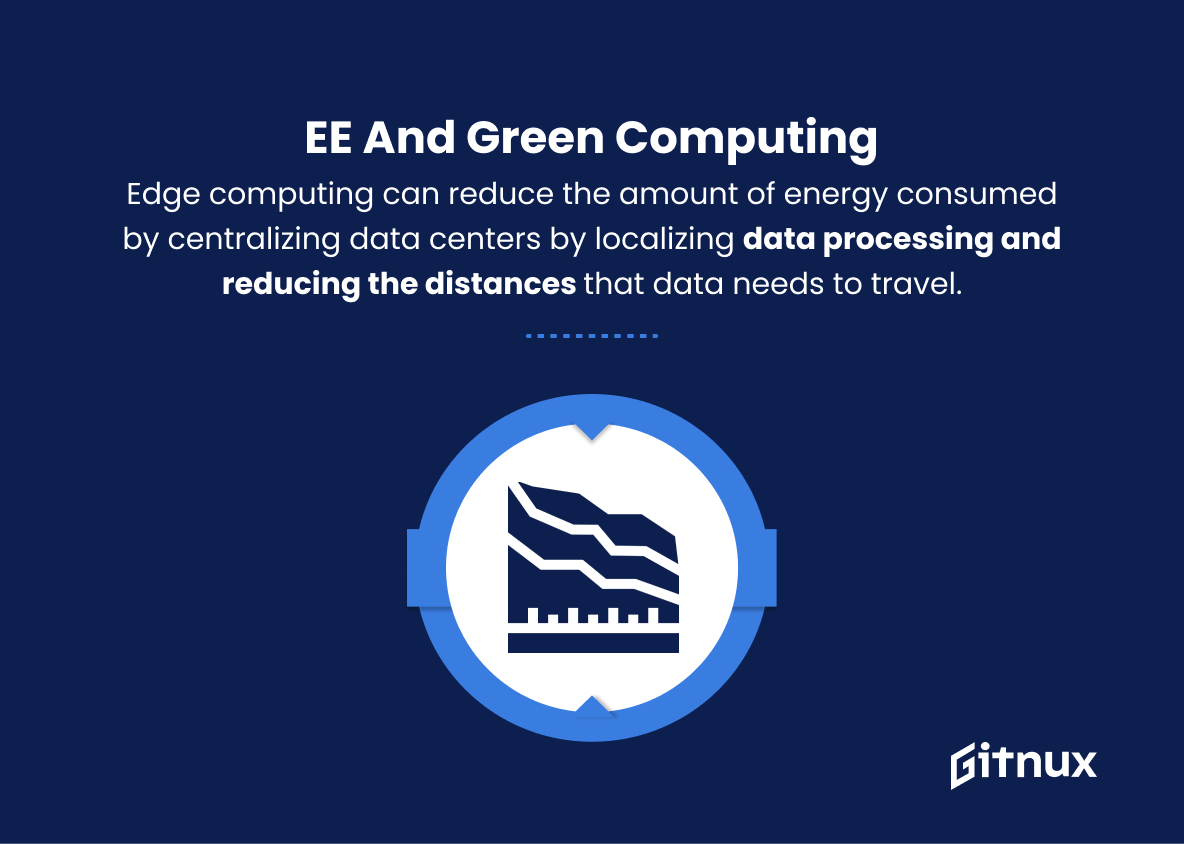As we continue to navigate an increasingly digitized world, emerging technical innovations are playing vital roles in shaping the future of computing. One of the most remarkable advancements in recent years is Edge Computing, a transformative approach that pushes data processing and analytics closer to the source of data generation. In this blog post, we will explore the latest trends in Edge Computing, assess its impact on various industries, and examine how it is revolutionizing the way businesses tap into the digital ecosystem. Prepare to dive deep into the world of Edge Computing trends, expanding your knowledge and understanding of this notable technological breakthrough.
Top Edge Computing Trends
1. Distributed Edge Data Centers
To cater to the growing data and processing requirements, we will be seeing more micro and modular data centers that allow for localized computing and storage, improving latency and overall performance.
2. Edge AI and Machine Learning
AI and machine learning algorithms are increasingly being deployed at the edge to process and analyze data locally, leading to faster decision-making and reduced data transfer costs.
3. 5G Networks and Edge Computing
With the advent of 5G technology, edge computing will become even more critical to bring new applications and services requiring low-latency, such as augmented reality and autonomous vehicles.
4. IoT Growth and Integration
As the number of IoT devices grows exponentially, edge computing will play a crucial role in processing the data generated and offering real-time analytics and insights.
5. Security at the Edge
Ensuring the security of edge devices, data, and processing will become a primary concern leading to increased investment in edge-specific security measures and firewalls.
6. Fog Computing
An extension of edge computing, fog computing bridges the gap between edge devices and cloud storage, making processes more manageable and efficient.
7. Edge Analytics
Real-time data analysis done on edge devices will lead to faster decision-making without needing to transfer large amounts of data back to a central server or cloud.
8. Autonomous Systems and Robots
Self-driving cars, drones, and other autonomous systems require edge computing to make real-time decisions, to process sensor data, and to respond to environmental changes.
9. Serverless Edge Computing
Serverless computing architecture will be increasingly adopted at the edge, reducing the need for complex infrastructure management and making application deployment easier and faster.
10. Energy Efficiency and Green computing
Edge computing can reduce the amount of energy consumed by centralizing data centers by localizing data processing and reducing the distances that data needs to travel.
11. Edge-as-a-Service
Companies will start offering edge computing services, where businesses can rent edge infrastructure and processing power to cater to their specific needs.
12. Industrial Edge Computing
Smart factories and industrial applications will leverage edge computing for real-time monitoring, analysis, and control of manufacturing processes, driving Industry 4.0.
13. Content Delivery Networks (CDN)
Companies will use edge computing to store and deliver content to end-users efficiently, reducing latency and improving the overall user experience.
14. Digital Twins
Edge computing will play a crucial role in creating digital replicas of physical assets in industries like manufacturing, healthcare, and smart cities.
15. Enhanced Privacy
As edge computing processes data locally, the risk of exposing sensitive data can be reduced, leading to better data privacy and protection.
These are just a few of the edge computing trends to watch out for, and as the technology evolves, we can expect to see more exciting developments and innovations in the coming years.
Implications
As edge computing advances rapidly, we can expect significant implications across various sectors. The growth in distributed edge data centers will lead to localized computing and storage, improving overall latency and performance. With AI and machine learning becoming more common at the edge, real-time data analysis will be faster and more cost-efficient. The introduction of 5G networks will enhance low-latency applications such as augmented reality and autonomous vehicles, while IoT’s exponential growth will increase the need for real-time analytics at the edge.
Security concerns will drive investment in edge-specific measures, and fog computing will bridge the gap between edge devices and cloud storage for more efficient processes. Edge analytics will provide faster decision-making, further enabling the development of autonomous systems and robots. Moreover, serverless edge computing, energy efficiency, and green computing will greatly simplify infrastructure management while decreasing energy consumption.
As Edge-as-a-Service becomes more prevalent, companies can rent edge infrastructure tailored to their needs, leading to industrial edge computing and the rise of smart factories. Content delivery networks will benefit from edge computing, lowering latency and enriching the user experience. Enhanced privacy and the use of digital twins will be seen in industries like manufacturing, healthcare, and smart cities. These trends demonstrate the enormous potential of edge computing, paving the way for countless innovations in the future.
Conclusion
As we have explored throughout this article, edge computing is becoming an increasingly crucial element in the digital transformation of industries. With its ability to decentralize data processing, reduce latency, and provide real-time insights, edge computing is revolutionizing the way organizations manage and utilize their data resources.
By embracing this technology and staying ahead of the curve when it comes to edge computing trends, businesses can effectively harness the potential of IoT, AI, and other innovative technologies while meeting the evolving demands of a data-driven world. As edge computing continues to mature and advance, there is no doubt that this technology will play an integral role in shaping the future of digital infrastructures across various sectors – making it essential for enterprises to remain informed and ready to adapt.















